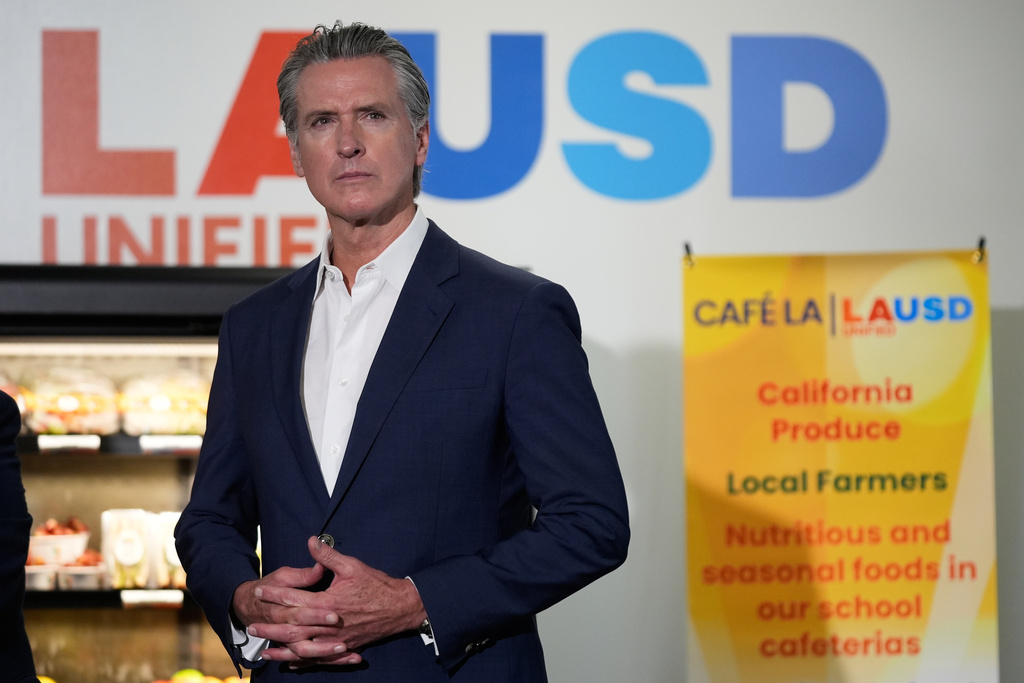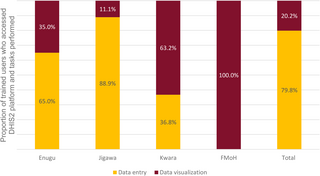SACRAMENTO, Calif. — In a groundbreaking move to enhance nutritional standards in schools, California Governor Gavin Newsom signed a historic law on Wednesday that will phase out certain ultraprocessed foods from school meals over the next decade. This initiative marks the first legislation of its kind in the nation.
The law outlines a strategy for defining ultraprocessed foods—typically tasty but loaded with sugar, salt, and unhealthy fats. By mid-2028, California’s Department of Public Health will establish guidelines identifying what constitutes “ultraprocessed foods of concern” and specifies “restricted school foods.” Starting in July 2029, schools must begin the gradual elimination of these foods, with a complete ban on serving them for breakfast or lunch required by July 2035. Furthermore, vendors are prohibited from supplying these foods to schools as of 2032.
During the signing ceremony at a Los Angeles middle school, Governor Newsom expressed his commitment to children’s health: “California has never waited for Washington or anyone else to lead on kids’ health — we’ve been out front for years, removing harmful additives and improving school nutrition. This first-in-the-nation law builds on that work to make sure every California student has access to healthy, delicious meals that help them thrive.”
Earlier this year, Newsom mandated that the Department of Public Health provide recommendations by April aimed at mitigating the risks associated with ultraprocessed foods. Additionally, a law signed in 2023 has already banned specific synthetic food dyes from school meals.
Across the nation, more than 100 bills have recently been introduced to ban or require labeling for chemicals found in many ultraprocessed foods, including artificial dyes and controversial additives. This legislative trend reflects growing concerns about the health implications of these foods, which, according to research, account for over half of American dietary intake and are linked to various health problems such as obesity, diabetes, and heart disease. However, conclusive evidence establishing a direct causation between these foods and chronic health issues remains elusive.
Defining ultraprocessed foods poses its challenges. The most prevalent definition utilizes the four-tier NOVA classification system, developed by Brazilian researchers to categorize foods based on the level of processing. Typically, ultraprocessed foods are characterized by containing industrial ingredients not commonly found in home kitchens. Yet, some processed foods—such as tofu, certain whole-grain breads, and infant formulas—can be nutritious, leading to ongoing debates regarding whether the adverse health outcomes result from processing or the nutritional composition of the foods themselves.
While many welcome the new law, critics argue it may be overly broad and could inadvertently restrict access to nutritious options. John Hewitt from the Consumer Brands Association remarked, “For foods served in schools, food and beverage manufacturers meet the rigorous unique safety and nutrition standards set by the USDA and state agencies.” He further stated that the brands are dedicated to providing “safe, nutritious and convenient” products.
The California School Boards Association has also raised concerns about the financial impact on school districts, emphasizing that the bill does not include additional funding. Spokesperson Troy Flint commented, “You’re borrowing money from other areas of need to pay for this new mandate.” An analysis by the Senate Appropriations Committee suggests that the law may increase costs for school districts, as they might need to purchase more expensive food alternatives.
Some districts are already ahead of the curve, having begun to remove foods prohibited by the new law. Michael Jochner, director of student nutrition for the Morgan Hill Unified School District, expressed strong support for the ban. Reflecting on the changes, he stated, “It was really during COVID that I started to think about where we were purchasing our produce from and going to those farmers who were also struggling.” Jochner confirmed that his district no longer serves any ultraprocessed foods, opting instead for organic produce sourced from local farms, within about 50 miles of the district.
With their menus now comprising homemade items, they have eliminated sugary cereals, fruit juices, flavored milks, and deep-fried foods like chicken nuggets and tater tots.
In the Western Placer Unified district, northeast of Sacramento, Christina Lawson, the food services director, has similarly revamped their menu to include more meals made from scratch. She estimates that around 60% of their offerings are now freshly prepared, a significant increase from just 5% three years ago. This effort entails sourcing local ingredients to create diverse dishes, including buffalo chicken quesadillas.
“I’m really excited about this new law because it will just make it where there’s even more options and even more variety and even better products that we can offer our students,” Lawson noted. “Because variety is the number one thing our students are looking for.”
Dr. Ravinder Khaira, a pediatrician in Sacramento, also expressed support for the initiative, stating at a legislative hearing, “Children deserve real access to food that is nutritious and supports their physical, emotional and cognitive development. Schools should be safe havens, not a source of chronic disease.”
The collaborative efforts of various stakeholders in addressing nutritional quality in schools signal a promising step toward a healthier future for California children.






